The Elder Scrolls 6 Should Include One Morrowind Feature Not in Skyrim
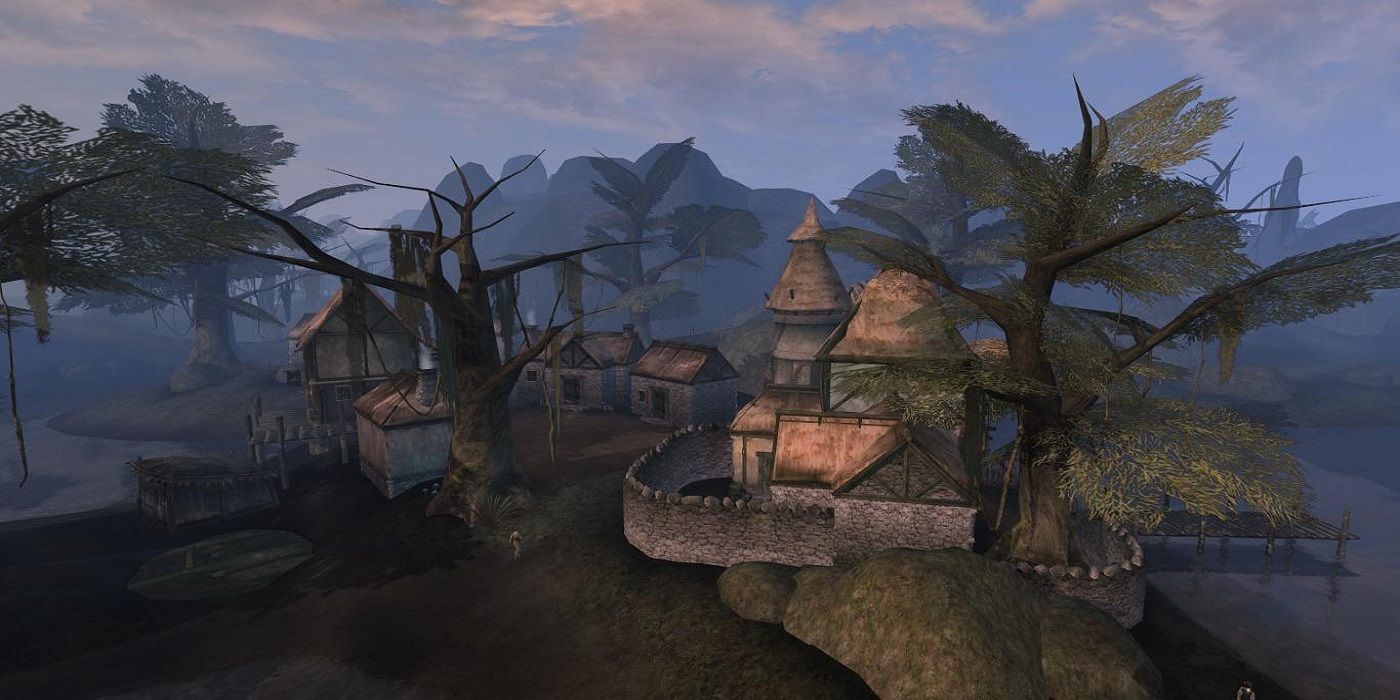
While Elder Scrolls 5: Skyrim is still being played in mass today, many fans still agree that there were very worthwhile features from the older Elder Scrolls 3: Morrowind that were left out of Skyrim. One feature from Morrowind that should definitely see a return to Elder Scrolls 6 is the absence of quest markers.
Morrowind has certainly shown its age, with clunky combat and barren fog-ridden landscapes, which lack the fauna of titles that came later. But its questing system, map, and writing remain top-notch in guiding players in the right trajectory towards the next quest, without the use of any compass or quest markers on the map. It is a worthy element of Morrowind's exploration which Elder Scrolls 6 should take close note of.
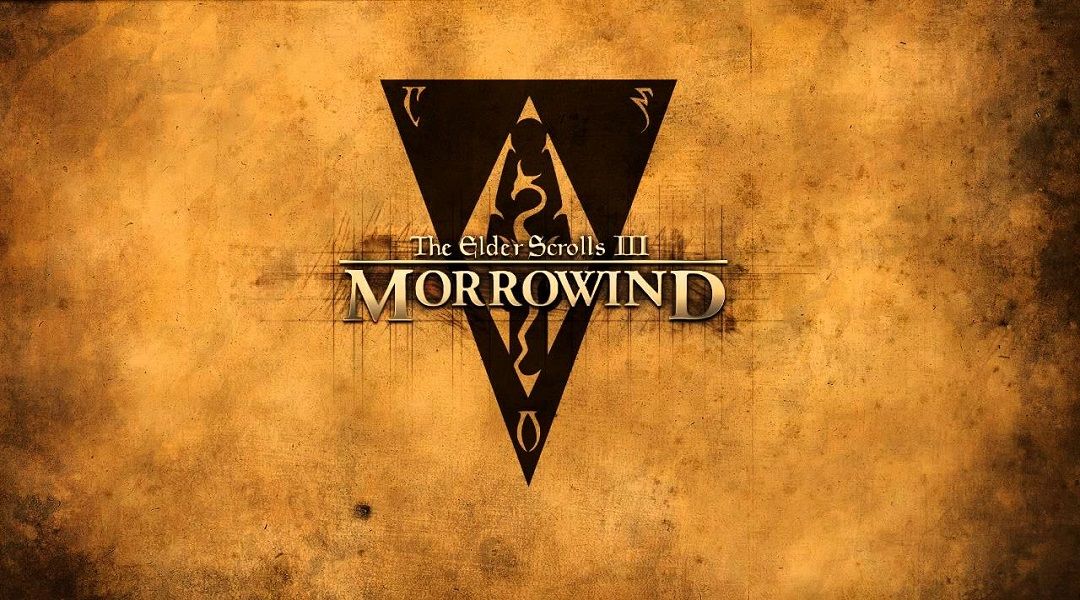
Morrowind forces players to use their investigative skills in taking visual cues from the game's scenery and landscape, as well as general sense of direction, to find the next objective. If the next objective includes talking to an NPC in a town, it requires a bit of searching, investigating, and questioning around neighborhood until the player eventually closes in on the person and location.
Unfortunately, most modern and contemporary games would have a difficult time replicating this type of experience, which closely simulates an element of real world realism and an itch for adventure and exploration into the unknown. One possible reason most newer open-world games would not automatically be able to accommodate this type of questing system well is because the games are likely built from the ground-up with the usage of a compass and quest marker system in mind. This means that the necessary text or voice acting is not in place among NPC's nor key information included within a quest in order to sufficiently guide players towards the next key location in a given quest, even if such games allowed the option to turn off quest markers on the map and compass.
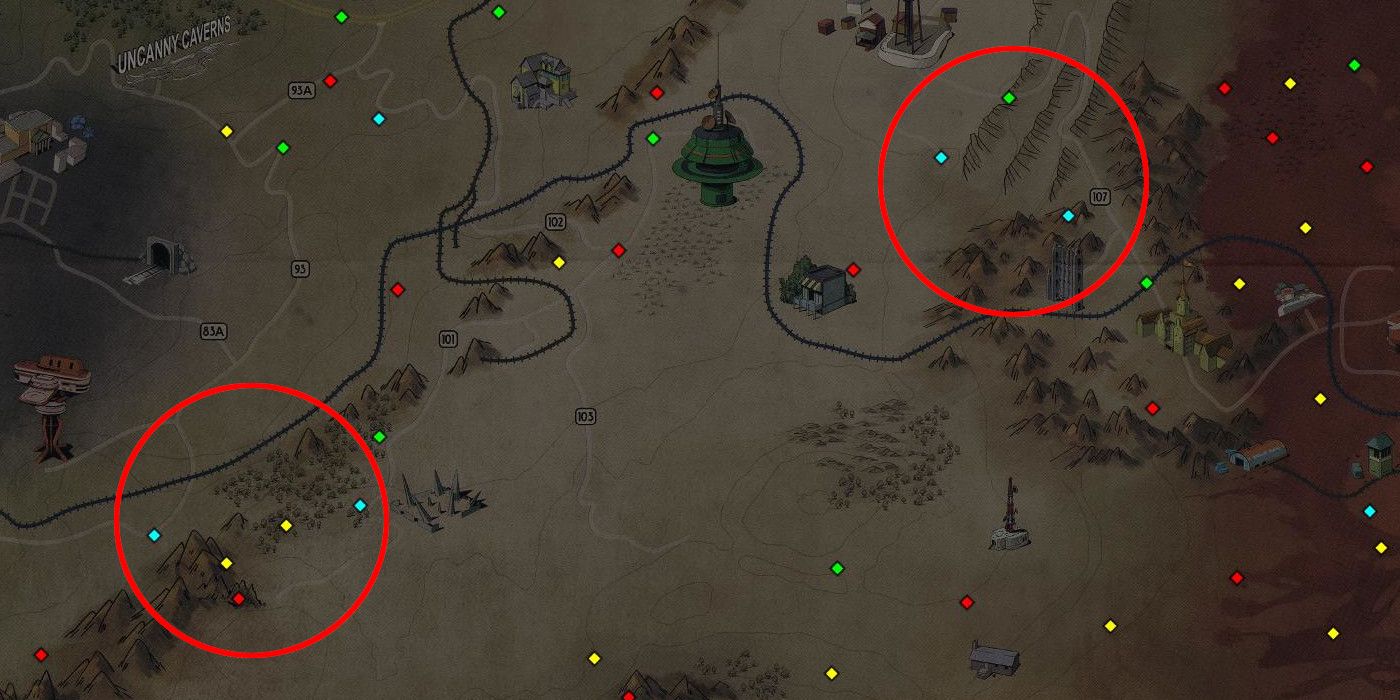
There are a multitude of problems with quest markers on a map and compass which undermine exploration, attention to details, and the sense of actually getting lost out in the wilderness, or wherever the game is set. In many cases in questing systems, it becomes repetitive and mundane grind for some players in walking in a straight trajectory towards the next quest marker on the map everytime it updates.
Sometimes, it does not even make sense to follow in-game trails or paths built into the world when one can save time cutting across paths or sticking closer to the foothill of mountains to circumvent the distance to the other side, or around it. However, Morrowind was able to create a sense of danger in its world, and in venturing into the deep unknown, which made an incentive to stick to the safety of the path. This is taken even further in Morrowind, given that enemies did not heave visual health or stat bars, it was often the case that a player went into battles unsure of whether it would be an easy or difficult battle, similar to real life. Sometimes the best option in Morrowind was to avoid fighting, simply to avoid the risk of defeat.
Venturing off the beaten path certainly was necessary at times in Morrowind, and always an option, but the dread of getting lost or running into some very difficult enemies was often not worth the risk of saving a little bit of time. Trying to voyage off conventional-routes also posed the risk of missing visual cues within the in-game world. For example, one of Morrowind's quests with the Blades required a player to look for a particular bridge, by which the quest's ancient ruins would be to the right of it. If one does not actually find the bridge, they will likely not visually see where the ruins are in geographic proportion to it.
Since Morrowind was built from the ground-up without the inclusion of a quest marker, it strongly demonstrates the many aspects of the rest of the game's design and world which are able to accommodate and make use of a game that lacks a compass, since they were also designed with that in mind. This could make a case for more developers, including Bethesda, to build more games on the basis of lacking quest markers, since the ease of adding it later is always available.
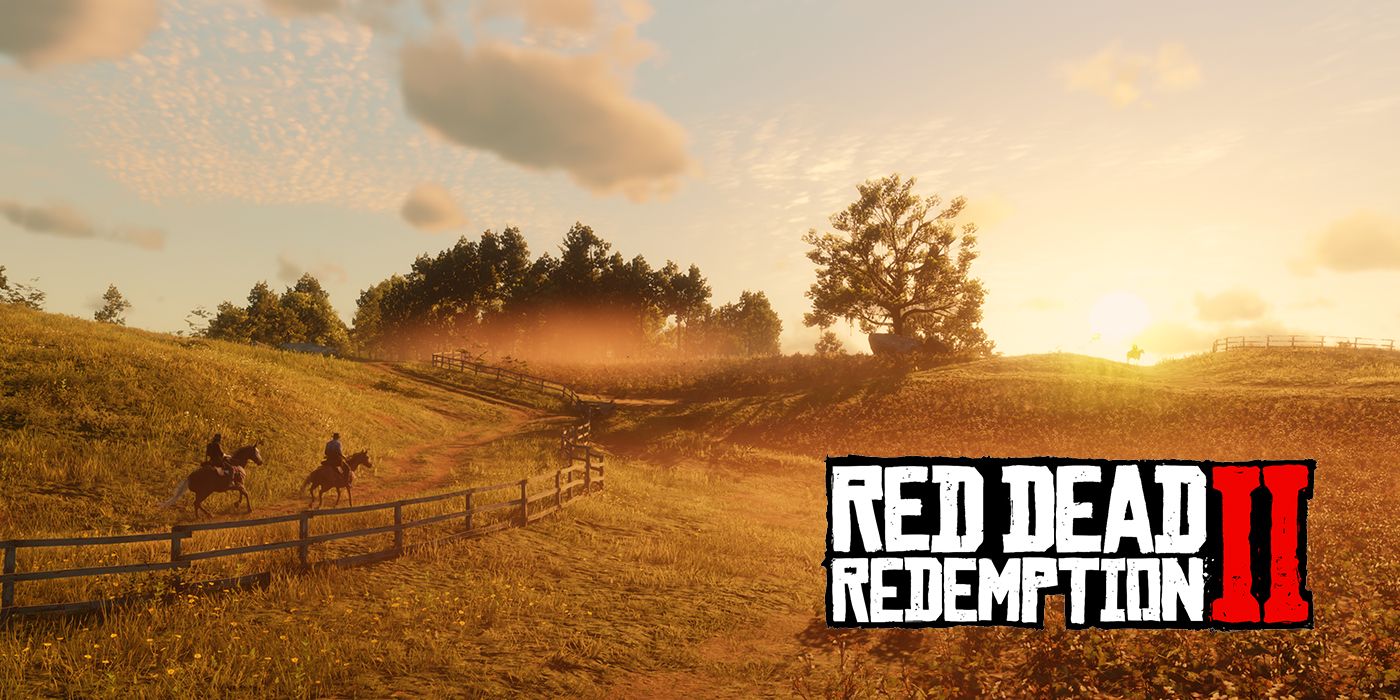
Some developers have already caught on to the modern dependence on the quest markers in open-world games and see some of the negative byproducts it brings. Ubisoft removed Far Cry 5's mini-map in order to foster more exploration and discovery among players. Yet, it is only a small compromise, as the markers still exist on the compass and the large in-game map.
Red Dead Redemption 2 and Assassins Creed Odyssey are a great examples in allowing players to enjoy its open-world in multiple ways and discover hidden areas, including turning off quest markers and even the compass. The ability for Red Dead Redemption 2 to remove quest markers is made possible by the sheer amount of time developers invested into the storytelling and quests in the game, which provide ample directives and information ensuring the player knows where to travel yet. And if that does not suffice, simply following NPCs on horse works too.
In general, some gamers these days are feeling nostalgia for the older ways in which modern gaming took its roots, including the revival of World of Warcraft Vanilla, which was also absent of quest markers. The problem with many contemporary games is that they are heavy on exploring, but it is not really exploring if one is just chasing a dot on a map. Perhaps older games captured the essence of exploration in some ways better than contemporary titles.
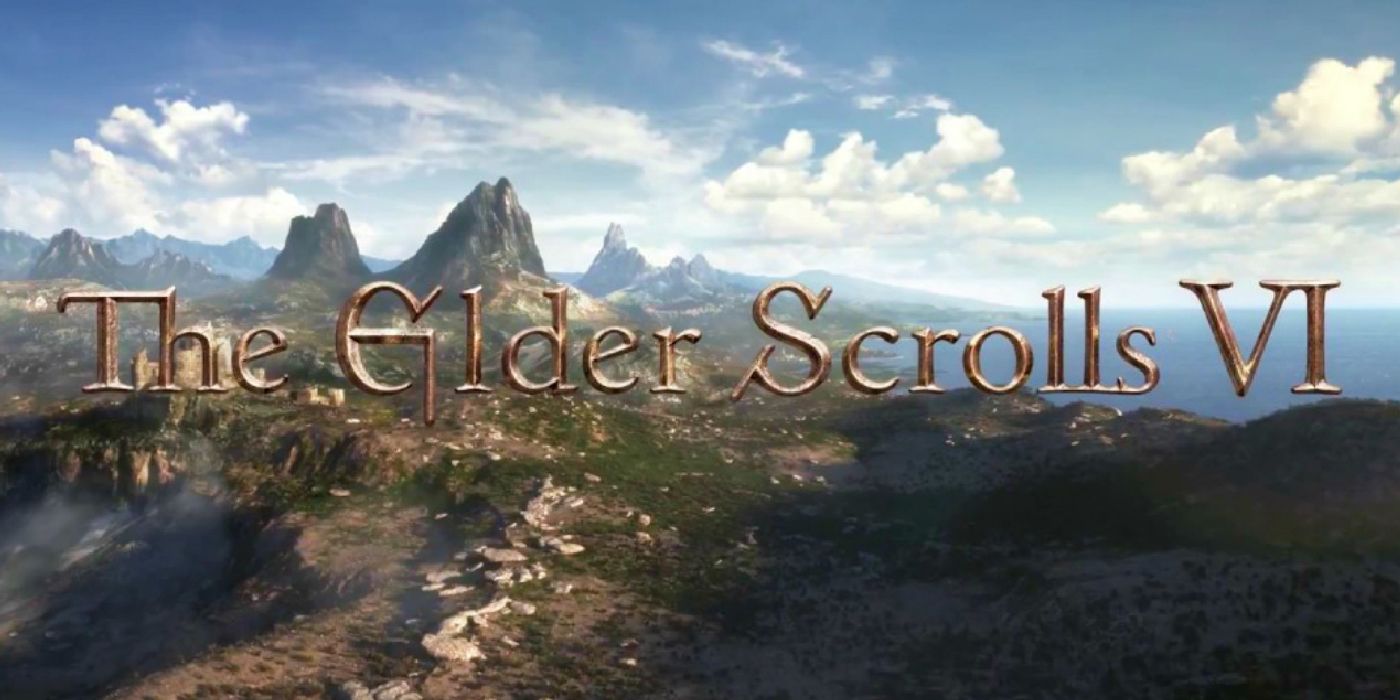
While it is arguably necessary that Elder Scrolls 6 provide options for players to turn off map markers and even compass markers like some big modern games, th detail in designing its quests from the ground-up should take this absence into consideration, and provide plenty of rich and detailed information in quests. Too many open-world games in 2019 were focused on completing the objectives of a particular quest, or otherwise traveling to the next destination, and at least giving players the option let them choose how they approach the situation.
But the essence of actually searching and navigating oneself towards the next quest destination, through the murky tribulations between, is an element of gaming that has become more rare. Even the majority of Zelda's titles, dating back to the SNES, successfully capture this essence in its purity. If a player is not busy completing one of Zelda's dungeons, they were likely exploring its hub-world (or open-world in newer Zelda titles) searching for clues and cues to reach or unlock the next dungeon. Suffice to say, Zelda would be fairly dry if every objective or waypoint was pinpointed on its map.
Elder Scrolls 6 will likely be a massive world on a scale yet to be seen in the large number of open world games. A larger-sized world is merely one element of improvement, and it may not even be the most important in building. Whether Elder Scrolls 6 should include quest markers on or off by default is debatable, but the option and relevant in-game infrastructure should certainly be there to support the option and foster this sense of immersion some fans still seek.
Elder Scrolls 6 is currently in development.

Post a Comment